During the Soviet years, the town of Tumanyan in Lori region was a dynamic industrial community. The brick factory not far from the town was providing hundreds of job places, promoting the growth of population in Tumanyan.
The situation changed after the collapse of the Soviet Union. At present, the factory is almost down, and there is a serious employment problem in the town, as a result of which, many young people are leaving.
At the same time, the town has a touristic potential, being located at Georgian-Armenian interstate highway and surrounded by beautiful landscape. There are also number of cultural monuments in the vicinity of the town.
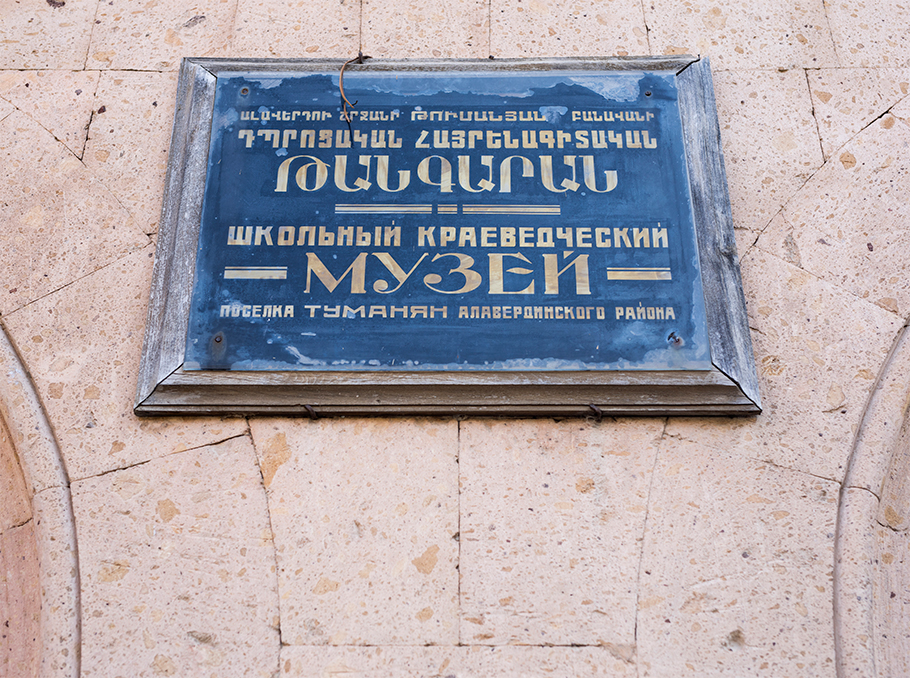
Photo: Mediamax
From May 2021, a new touristic site has appeared in Tumanyan, which may be of interest to both, tourists and locals. Matchbox Label Museum was opened in the town. The project was supported by EU4Business “Innovative Tourism and Technology Development for Armenia (ITTD)” .
The founder of the Museum, Raffi tells that when he visited the town for the first time he was impressed by the harmony of the architecture and landscape.

Photo: Mediamax
“Look, these buildings are designed in resemblance with the Cascade buildings in Yerevan, and there is a gigantic, beautiful rock right in front of it”- says Raffi, showing around the town square.
The Museum is housed in one of these “Cascade” buildings. Previously, these premises were housing the regional ethnography museum.
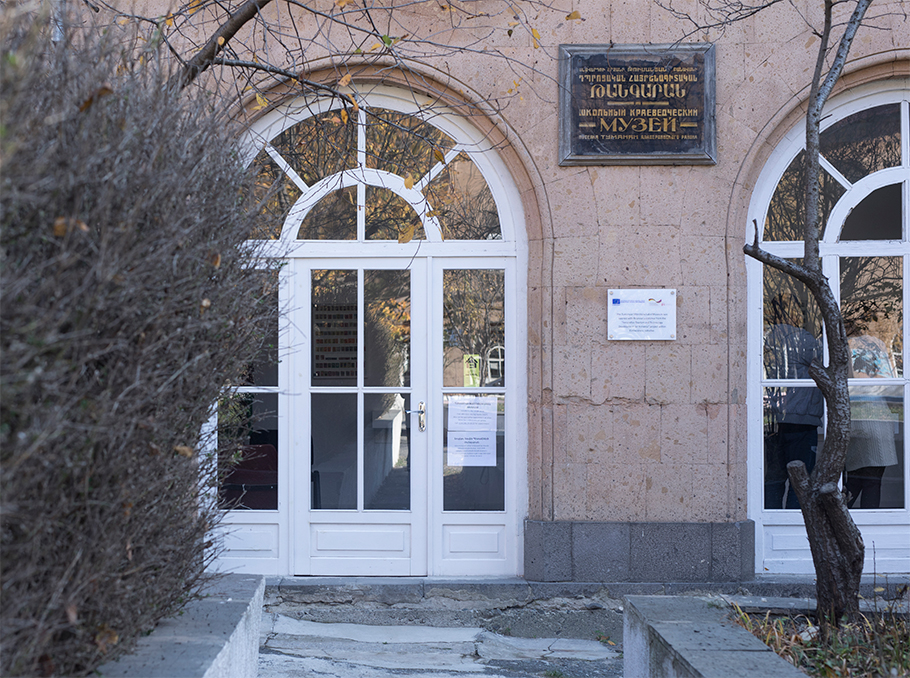
Photo: Mediamax
“The items from the Ethnography Museum are now kept in the Community Centre, situated in the close vicinity to the Museum. When choosing the location, I was really excited that these premises will continue to house a museum. Moreover, when I first entered the building, there were some matchboxes scattered around the floor. This shows, that someone, before us had also collected and exhibited matchboxes in the Museum. I still don’t know who was that, but it was kind of a sign, that we are in the right place”. Raffi recalls.
Raffi has been attracted by the matchboxes since he was a child, exploring and collecting some pieces.
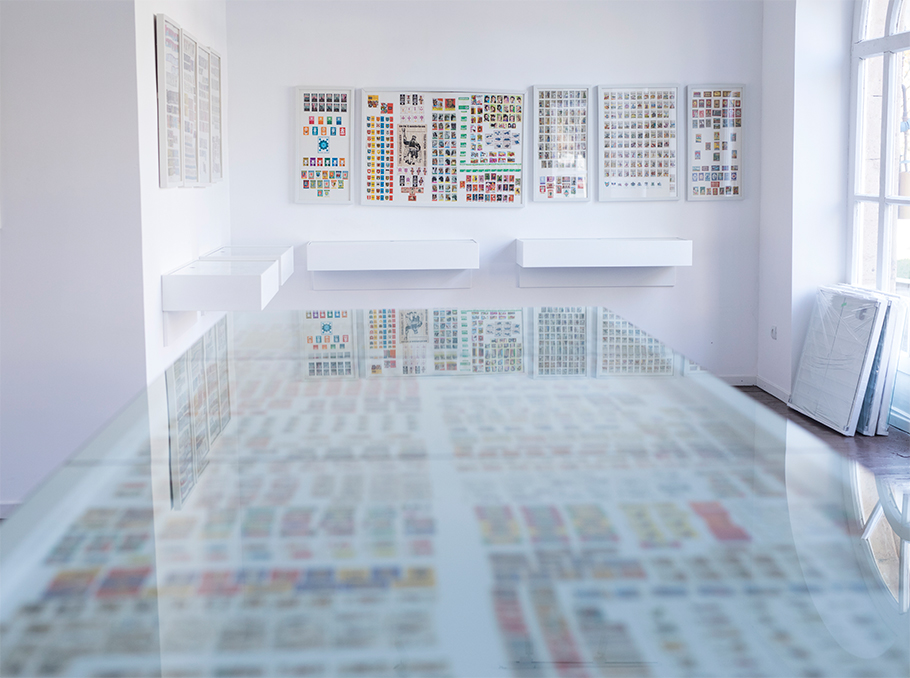
Photo: Mediamax
“To be honest, I had no idea that there is such a vast variety of matchbox labels in the world. I saw on the internet that someone was selling his collection of matchbox labels, with around 30,000 pieces, and that was only from the Soviet Union. I started to explore in more details and found out that there are many matchbox labels in the world with beautiful, interesting and unique design. Back in those days an attempt was made to educate the public, teach some rules and spread advertisements with the help of these labels,”- says Raffi.
Raffi has purchased majority of the pieces from various countries, and some from the open air flea market in Yerevan - Vernissage. As a result, it was decided to exhibit them in a museum and Tumanyan was selected to be the host town, since Raffi believed that the town has an untapped tourism potential.

Photo: Mediamax
“I wished there to be an additional touristic site on this route, that will attract and bring visitors to the town of Tumanyan. We have also other projects related to the town. We have opened a guest house already this year, and as a next step we are planning to open a café not far from the Museum. I want visitors to come here and fully enjoy their rest, have an opportunity for an overnight stay or for working remotely. Thus, all necessary conditions shall be provided,”- says Raffi.
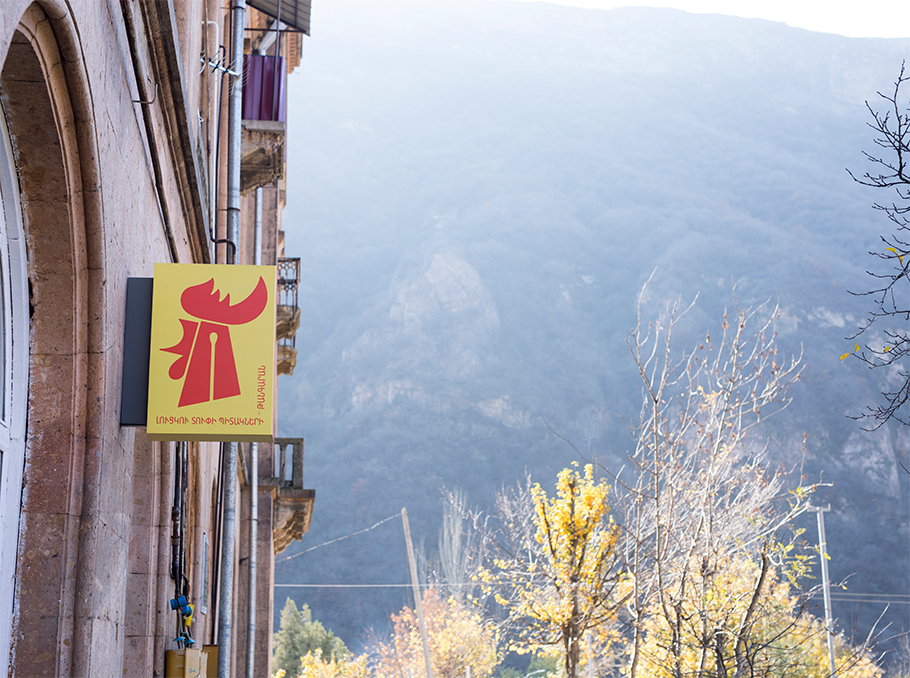
Photo: Mediamax
“The premises were in a very poor condition and there was a need for reconstruction. Through the grant received from ITTD, we renovated the windows, painted the floor and the walls, and we bought also the majority of the display shelves. It is fair to say, that without the mentioned support, none of this would've happened”, - says Raffi.
Currently, around 8000 labels are exhibited in Tumanyan Matchbox Labels Museum. The pieces were selected and the concept of the exhibition was developed by the curator of the exhibition Emma Harutyunyan.
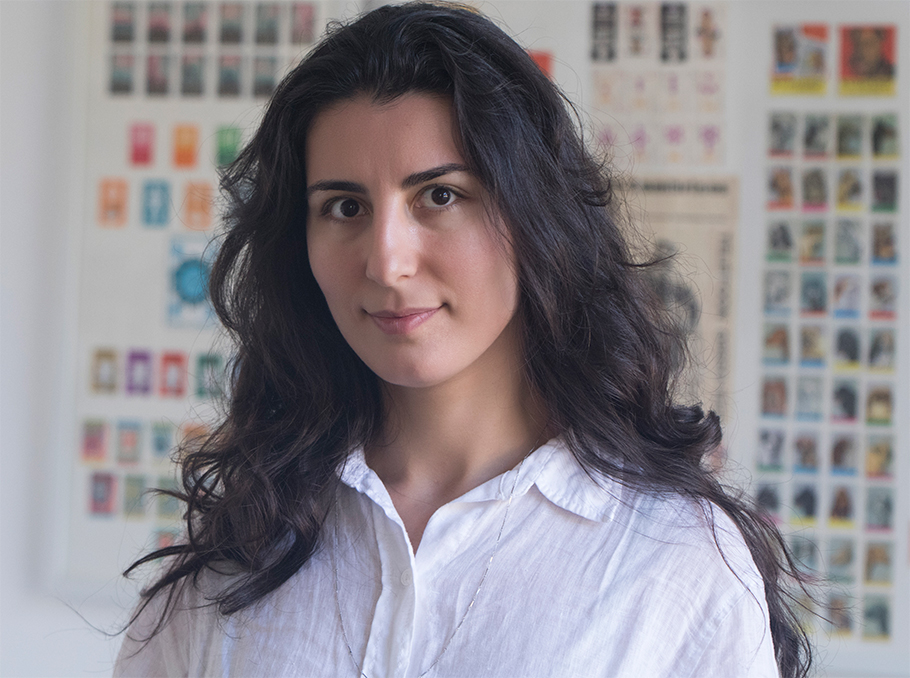 Emma Harutyunian
Emma HarutyunianPhoto: Mediamax
“Raffi reached out to me, and told me about his idea offering to develop the concept of the exhibition. As a result, we arranged the labels first by countries. We have matchboxes from the Soviet Union, European and African countries, Japan, China. The matchboxes had an educational function in the past, they were one of the best tools for spreading information. They were showing for example how to brush the teeth, eat healthy food, drive a car etc. Thus, we have arranged the exhibition also according to the topics of matchbox labels: culture, social advertisement, encouragement of breaking bad habits etc.”, – says Emma Harutyunyan.
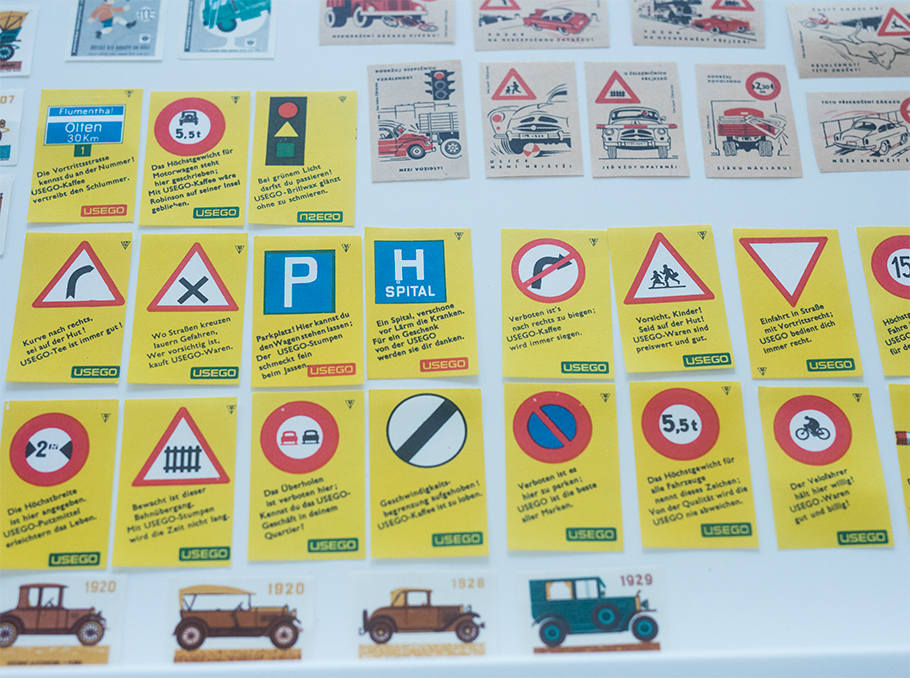
According to Emma, the Museum has already had visitors from foreign countries since its opening in May.
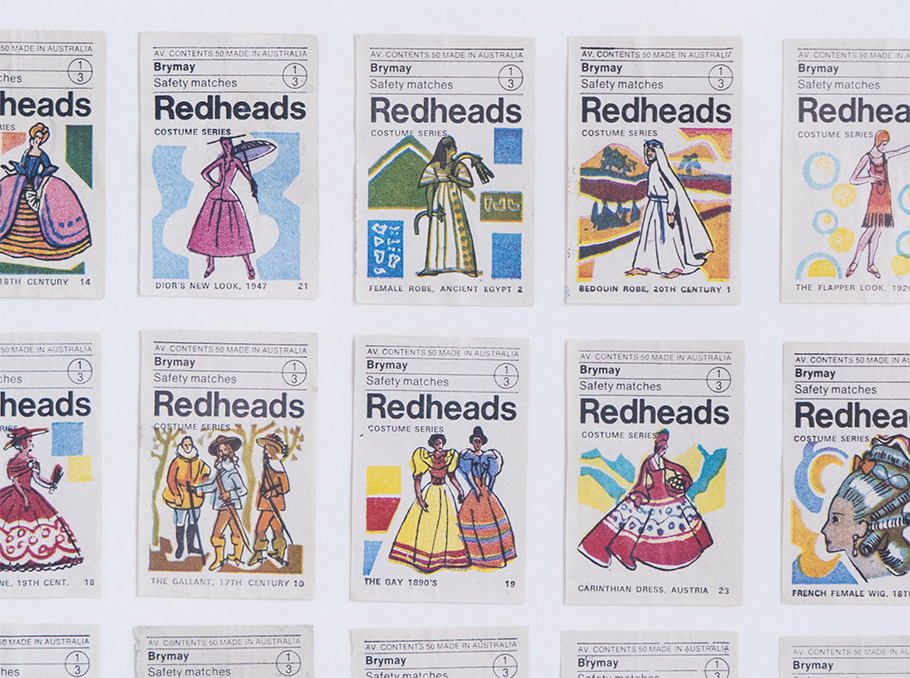
Photo: Mediamax
“The entry into the Matchbox Label Museum is free. We have an employee who is introducing the history of the exhibited items to the visitors. The tourists are mostly interested in the labels from their home countries. People experience nostalgic memories associated with these matchbox labels. While preparing the exhibition, I also recalled many of the matchbox labels that I had seen in the years of my childhood. From the tourism perspective Tumanyan is perfectly located between the two capitals- Yerevan and Tbilisi, lying within 2.5 hours’ drive from both cities. It has a very beautiful landscape, but the town is almost abandoned, since like in many regions of Armenia, there is an employment problem also here and the youth is leaving, thus it turns into an ageing town. This Museum is an attempt to add a touristic attraction on this itinerary and bring visitors to Tumanyan for untapping the touristic potential of the town”- says Emma Harutyunyan.
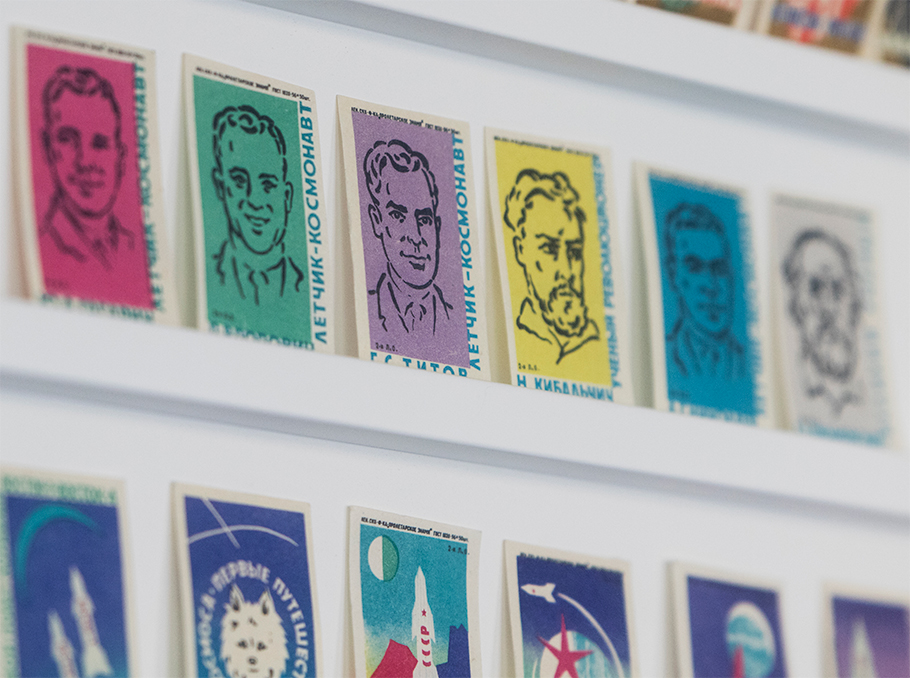
Photo: Mediamax
Visitors can buy T-shirts with the logo of the Matchbox Labels Museum. Emma also told us that they are planning to have a printing machine, with the help of which the visitors will be able to choose the labels they liked best to have them printed on match boxes or posters.

Photo: Mediamax
“Arranging the T-Shirt printing on the spot is a bit difficult technically, however, it will be possible to make it upon a prior request. We are also going to change the exhibition regularly, so that the visitors, who have been here once, should not get bored and have a wish to return”, - says Emma Harutyunyan

Photo: Mediamax
She is presenting the unique pieces of the Museum.
The oldest piece is the English matchbox label dating back to 1920. There are labels with the portraits of famous people. Of special interest are the series of matchboxes with a Russian poet Alexander Pushkin’s drawings.
Back in the old days, people used to play domino or do puzzles with matchboxes. There were number of labels on cosmonautics both, in Soviet Union and in European countries
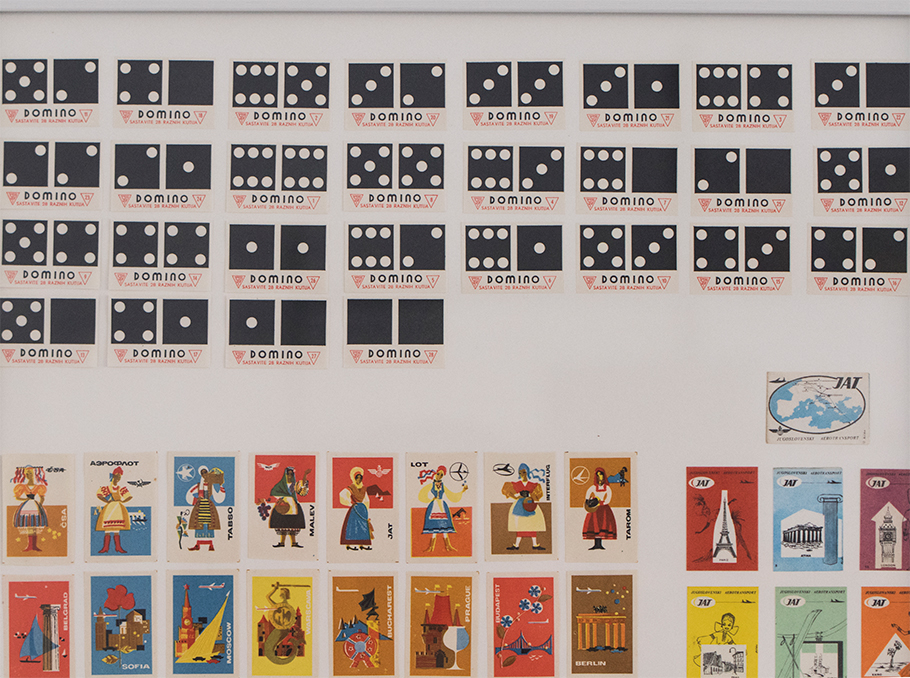
Photo: Mediamax
“Countries have been presenting their achievements in sport, culture, their traditions, towns, diversity of flora and fauna through matchbox labels. There are special series, presenting the history of aeromodelling, ranging from the very simple air vehicles to modern airplanes.

Photo: Mediamax
There are series where the “adventures” of a safety match are illustrated. There is a unique French collection, where the labels are drawn by children. On these matchboxes the names of the children were printed too, for example, Jean Paul, 3 years old. I think it’s rather exciting, isn’t it?
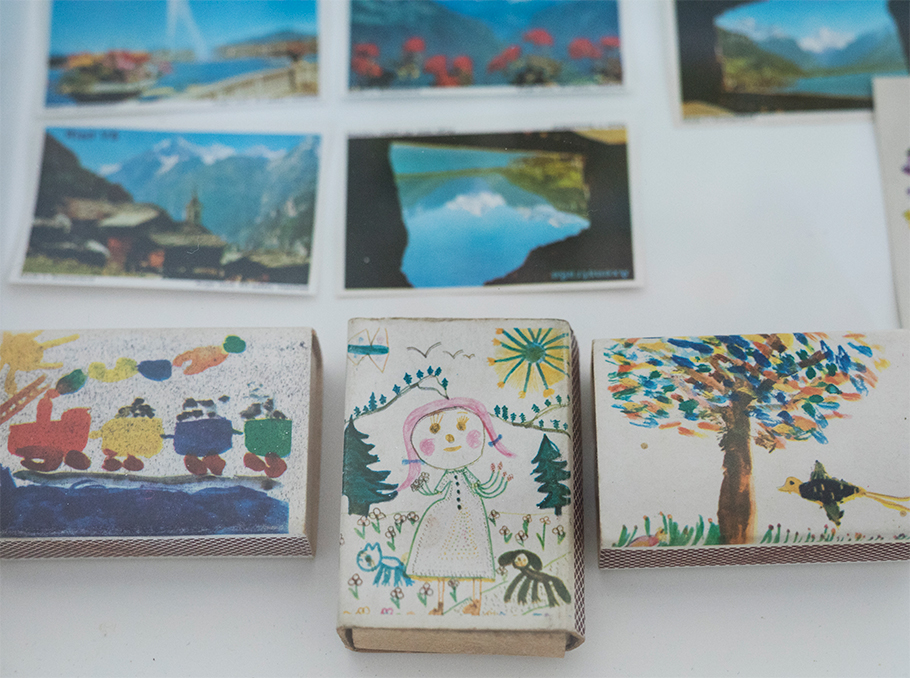
Photo: Mediamax
At the times, when there was no internet, no billboards, matchboxes were a perfect tool for distributing advertisements. For example, we have the advertising campaign of a German insurance company, illustrating through the matchboxes the cases when one may need insurance.
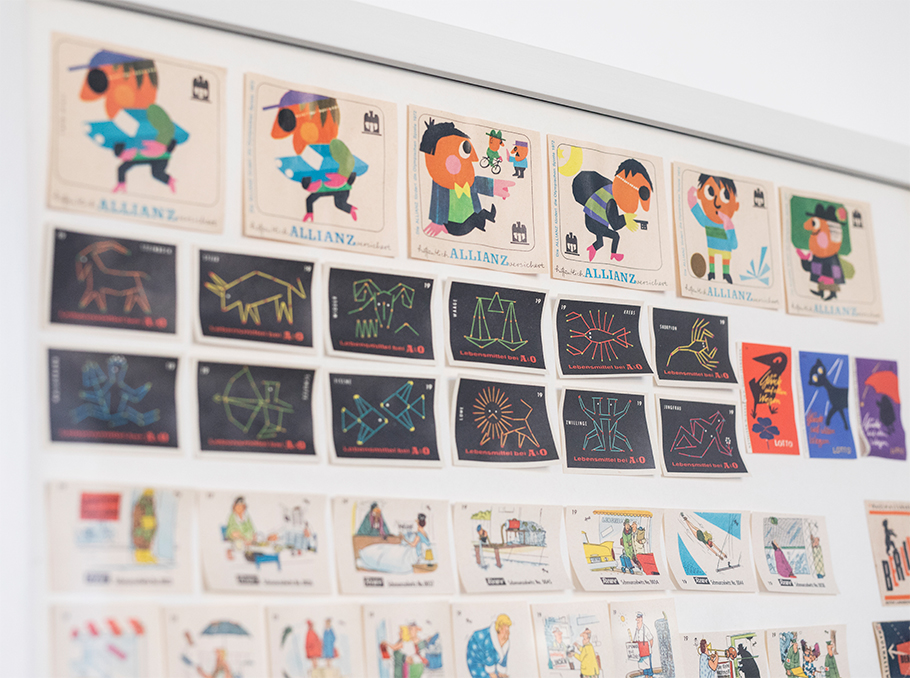
Photo: Mediamax
We have beautiful collections from Oriental countries, such as China, Japan”,- says Emma Harutyunyan.
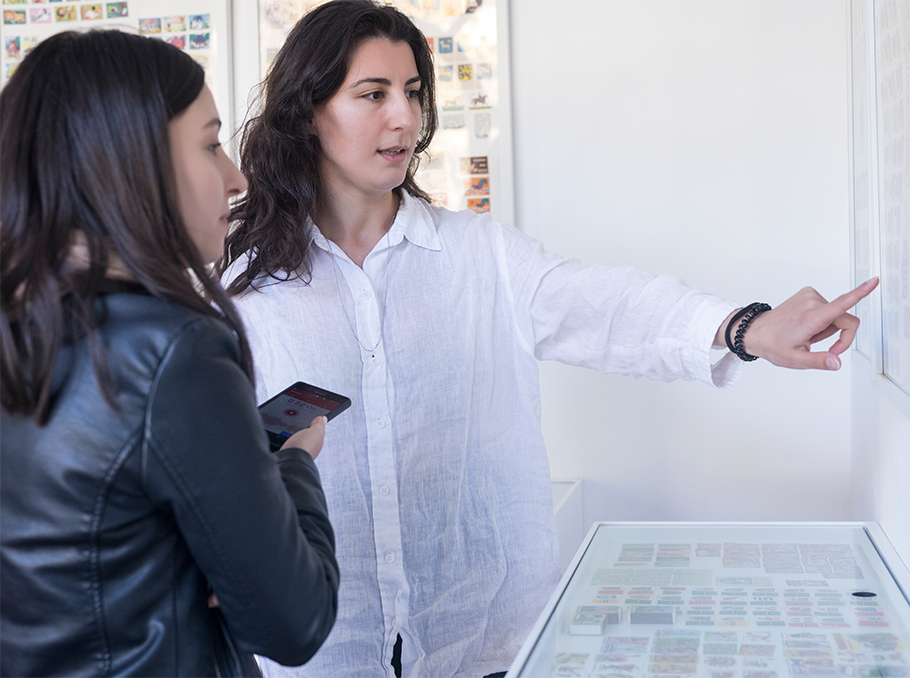
Photo: Mediamax
As Emma mentioned, the matchboxes are a true reflection of a given period, country. So, if you are more or less familiar with the culture, history, dominant social paradigms and traditions of this or that country, then you will immediately distinguish the country where the matchbox comes from.
Yana Shakhramanyan
Photos by Emin Aristakesyan









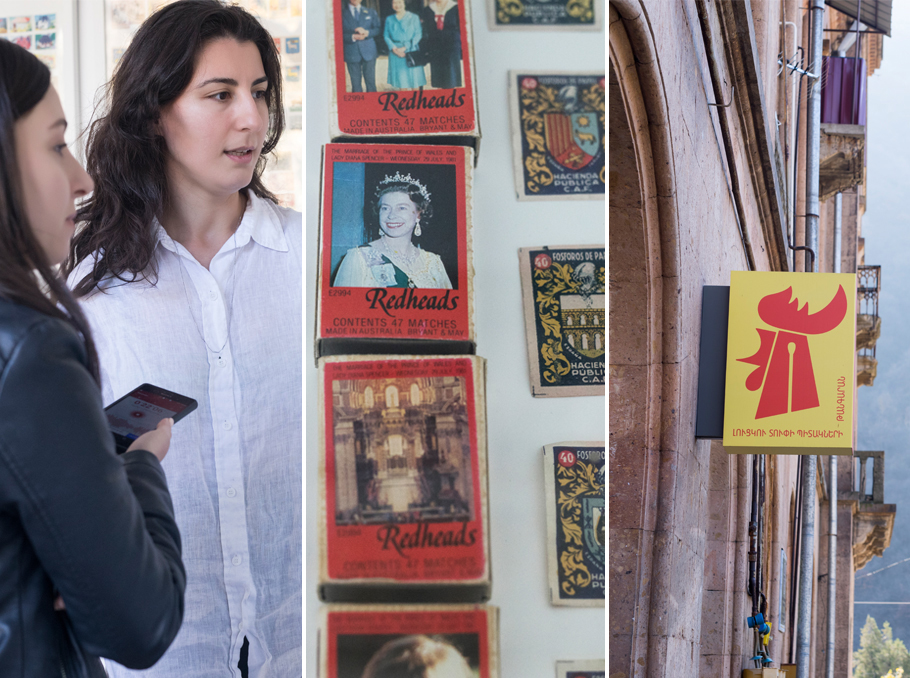

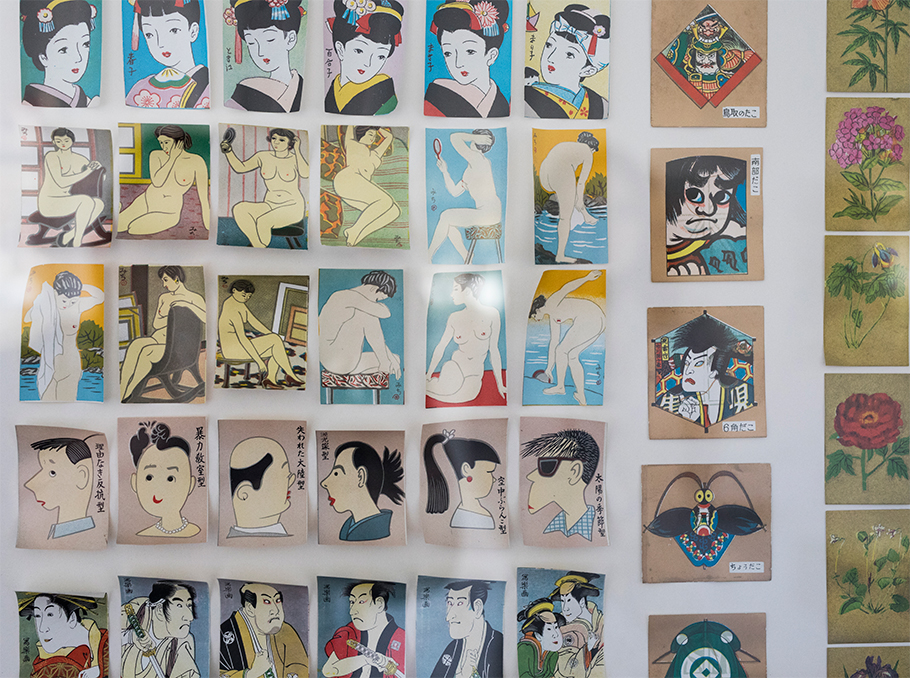
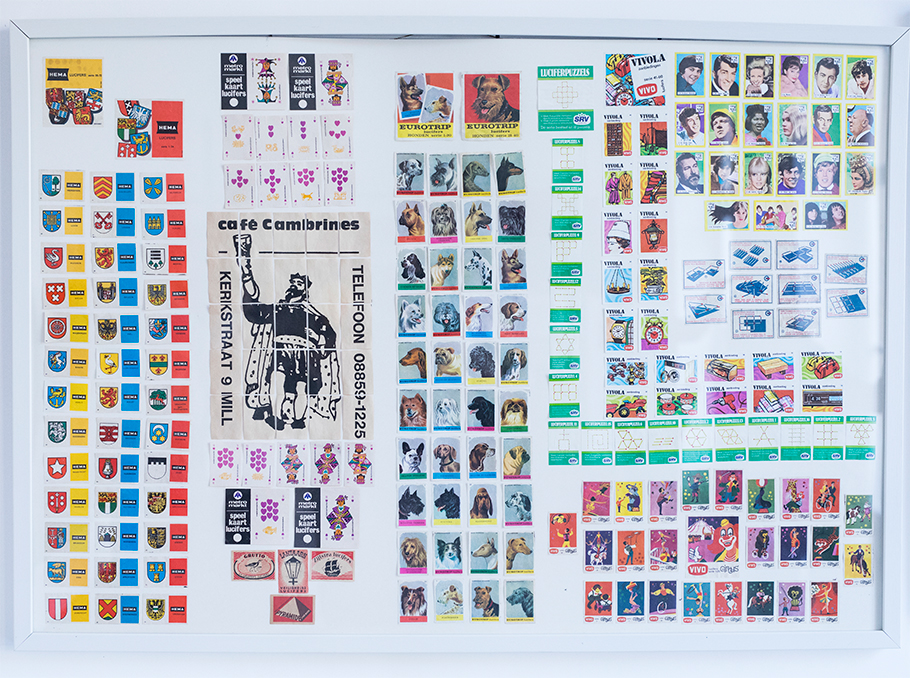
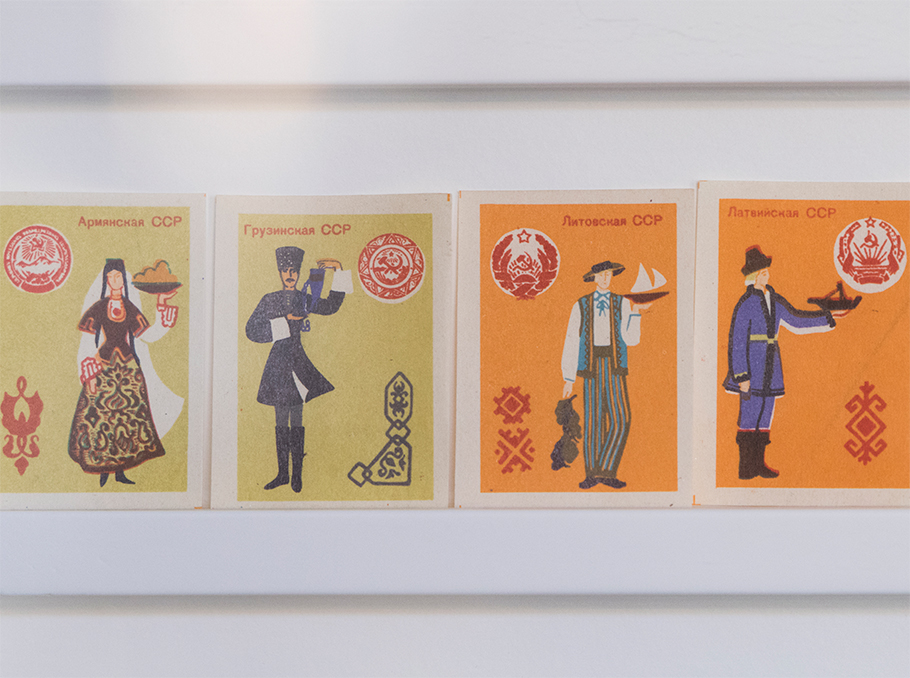
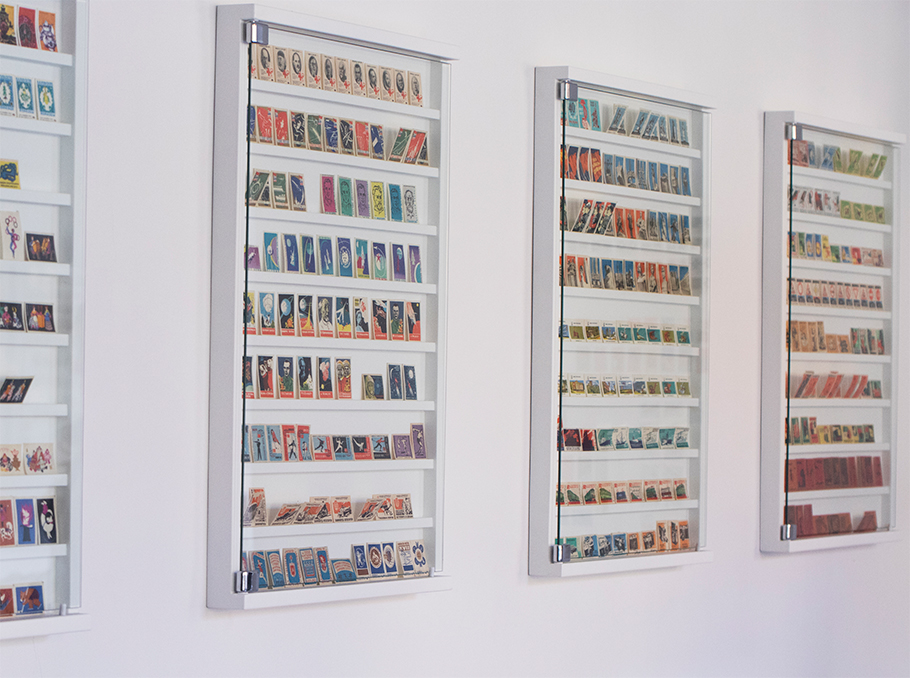


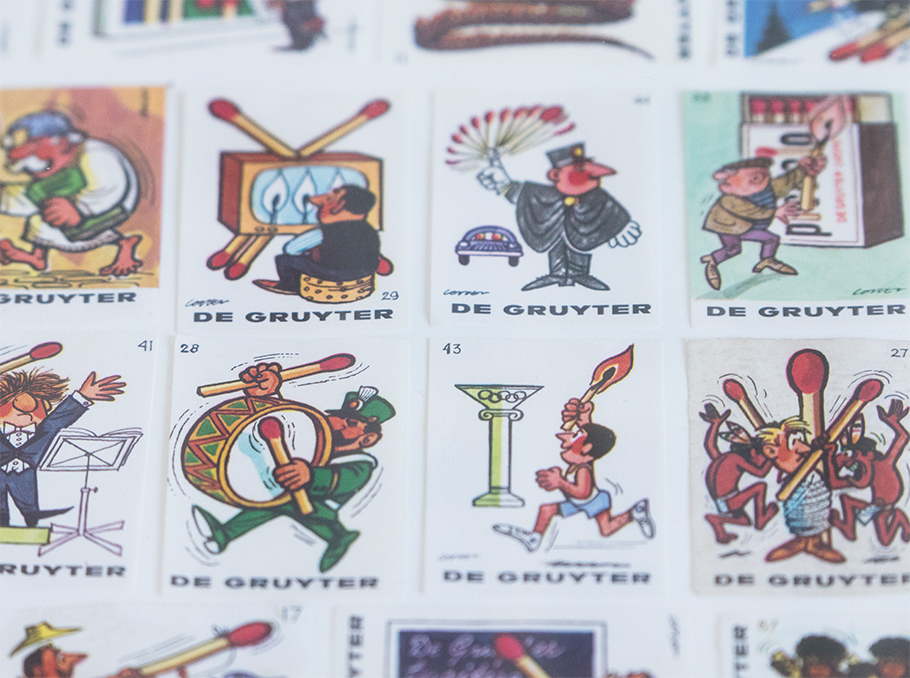
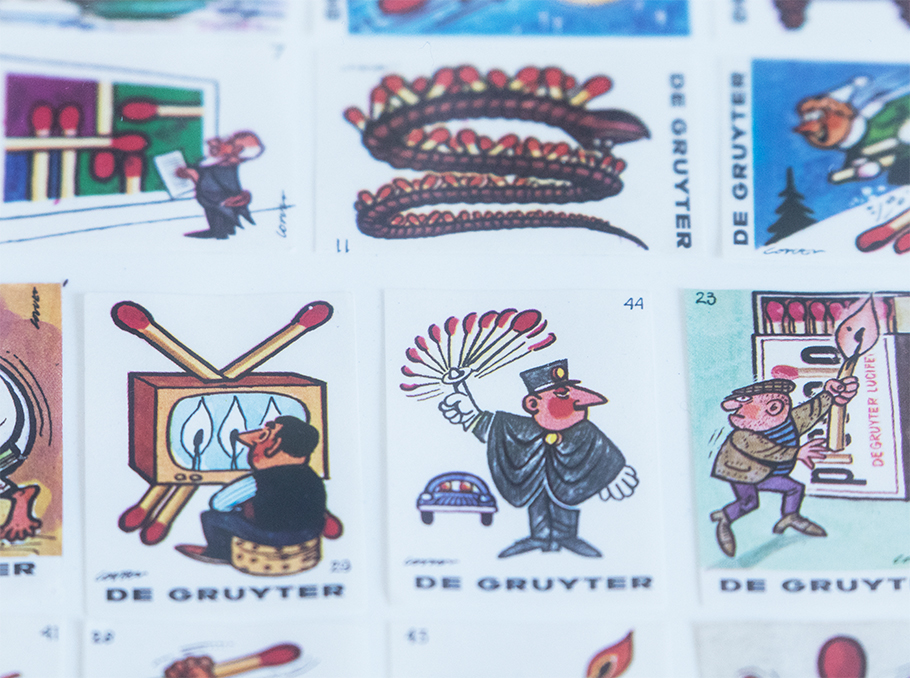
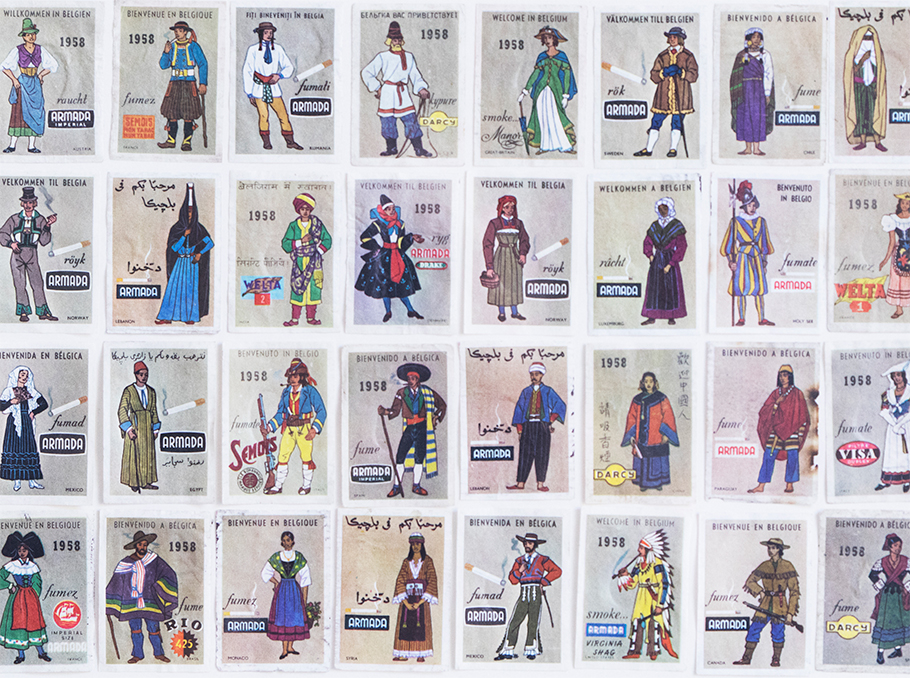

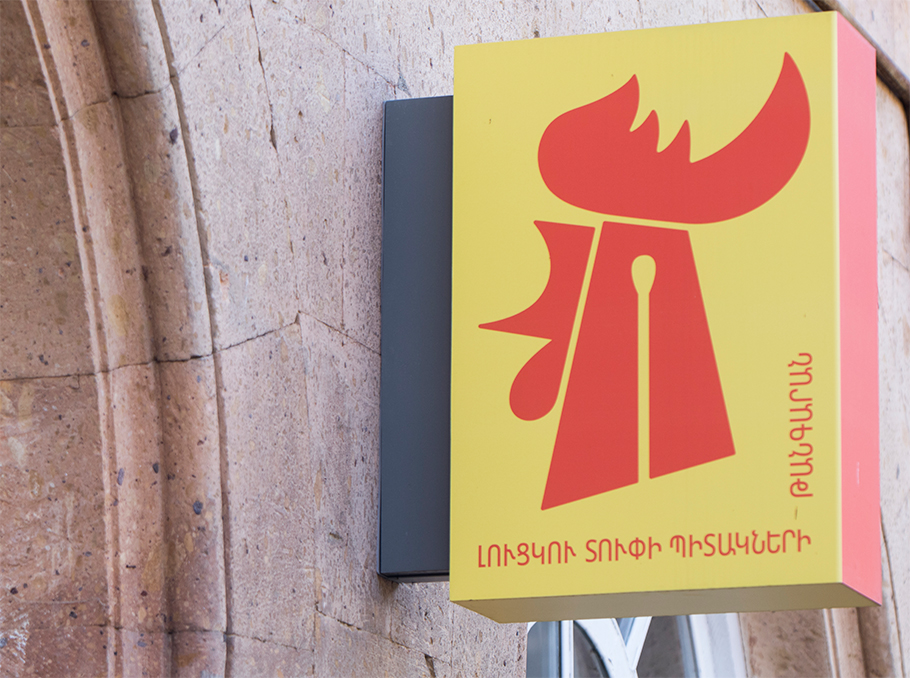
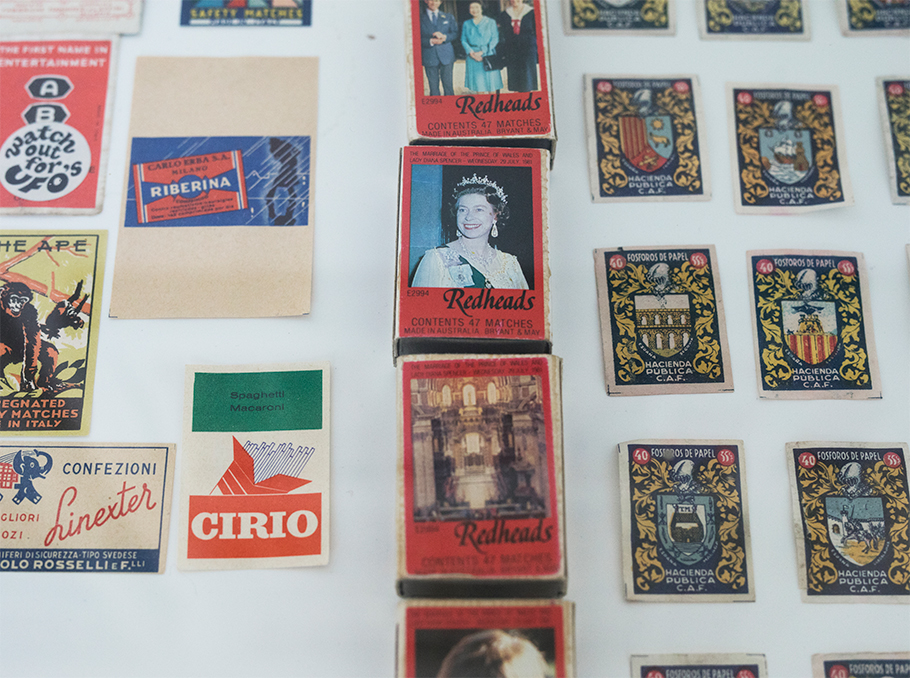
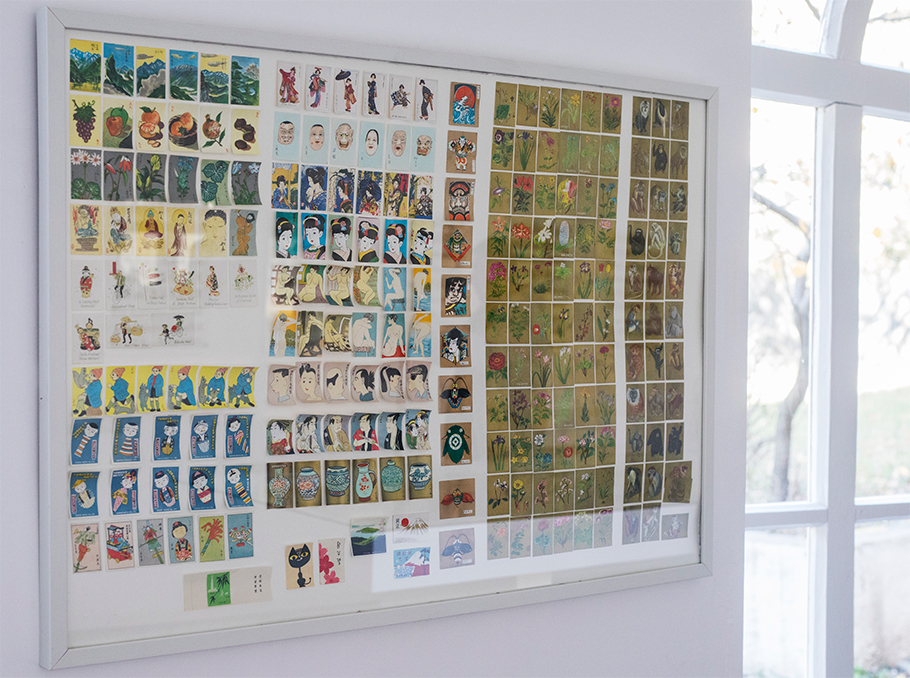
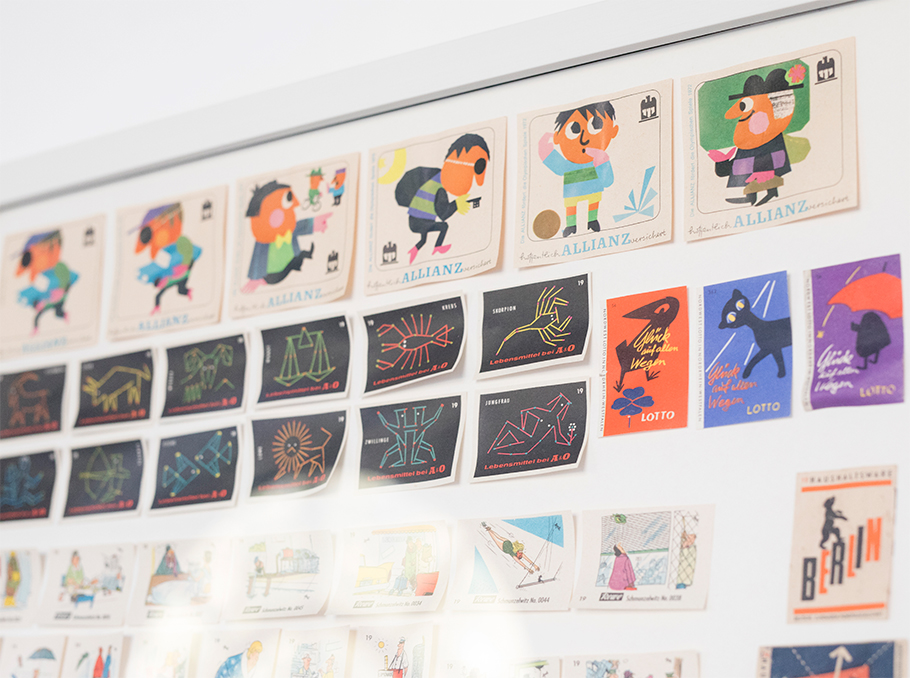
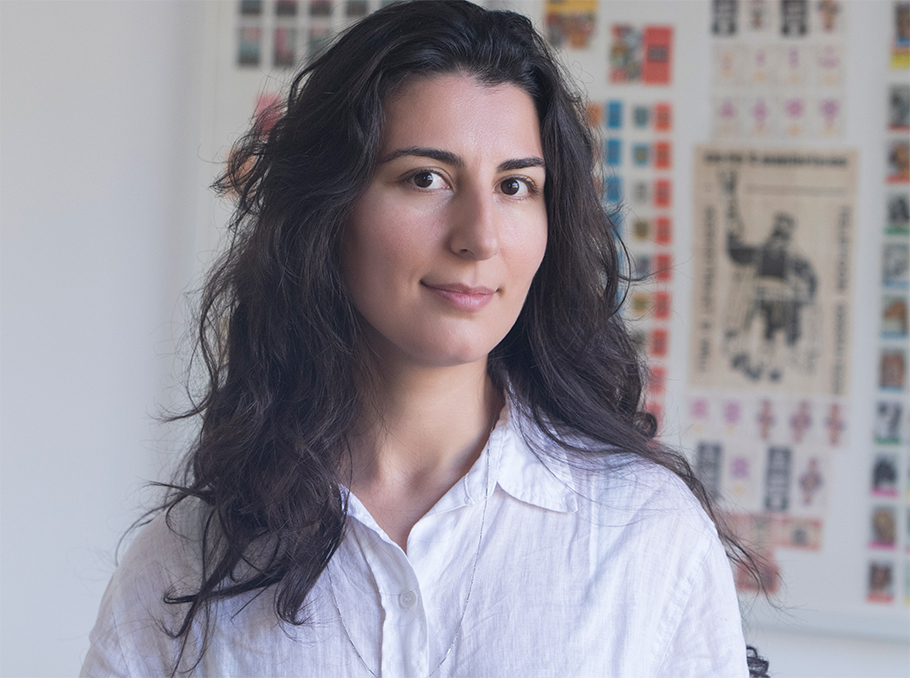

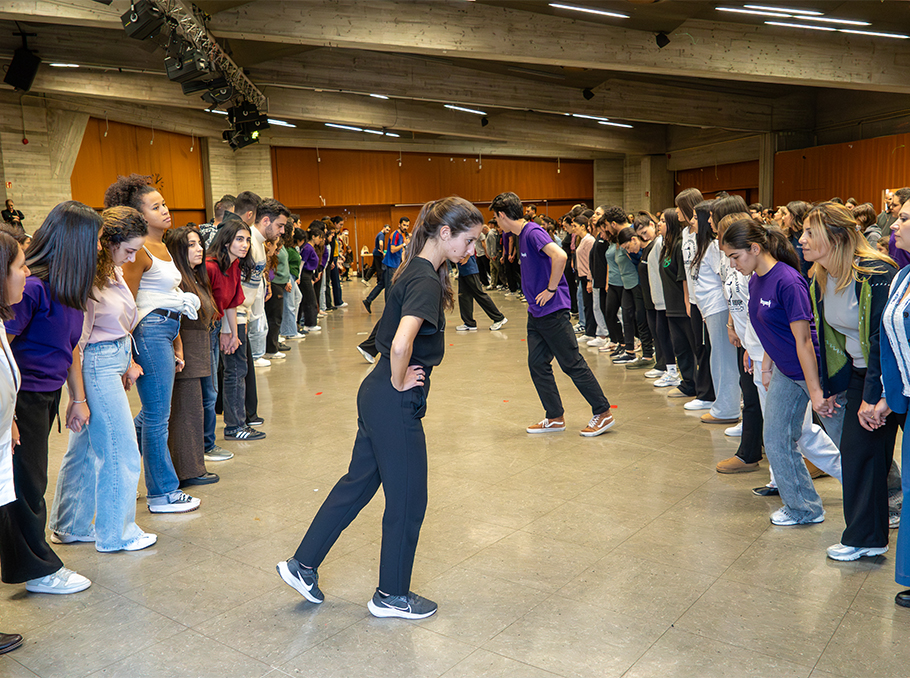
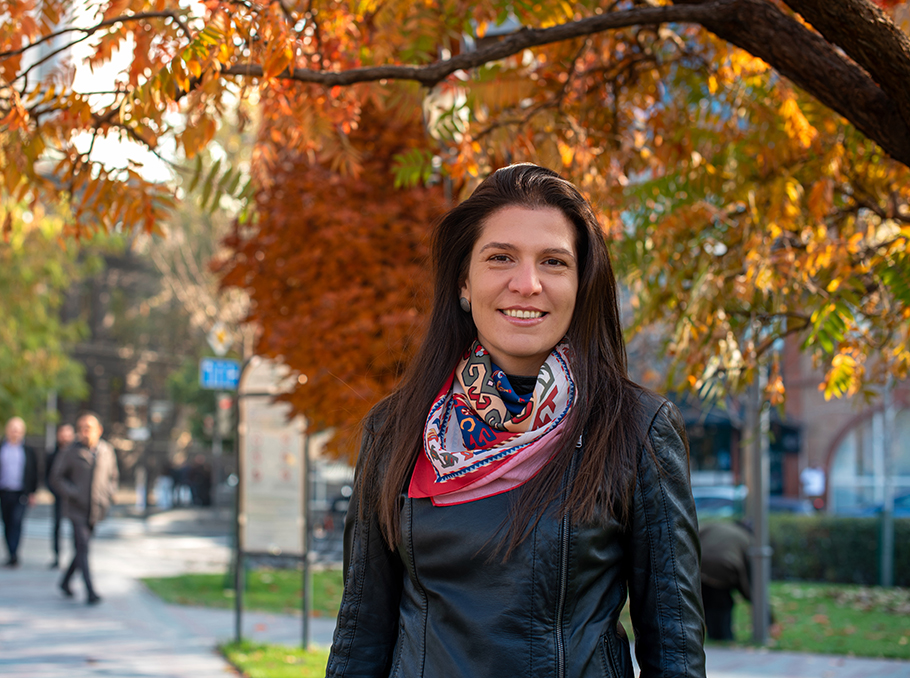


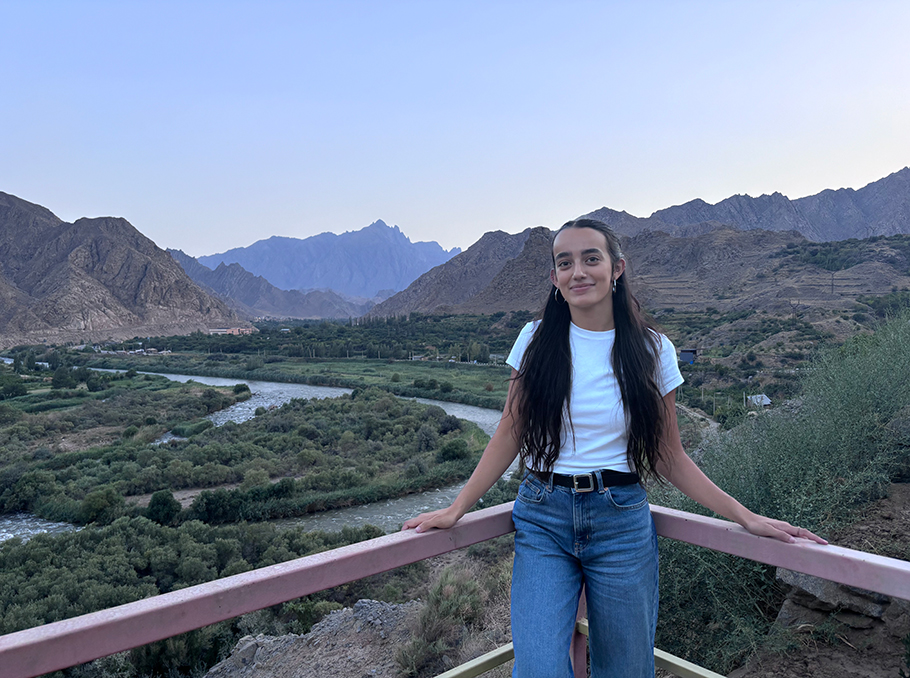







Comments
Dear visitors, You can place your opinion on the material using your Facebook account. Please, be polite and follow our simple rules: you are not allowed to make off - topic comments, place advertisements, use abusive and filthy language. The editorial staff reserves the right to moderate and delete comments in case of breach of the rules.